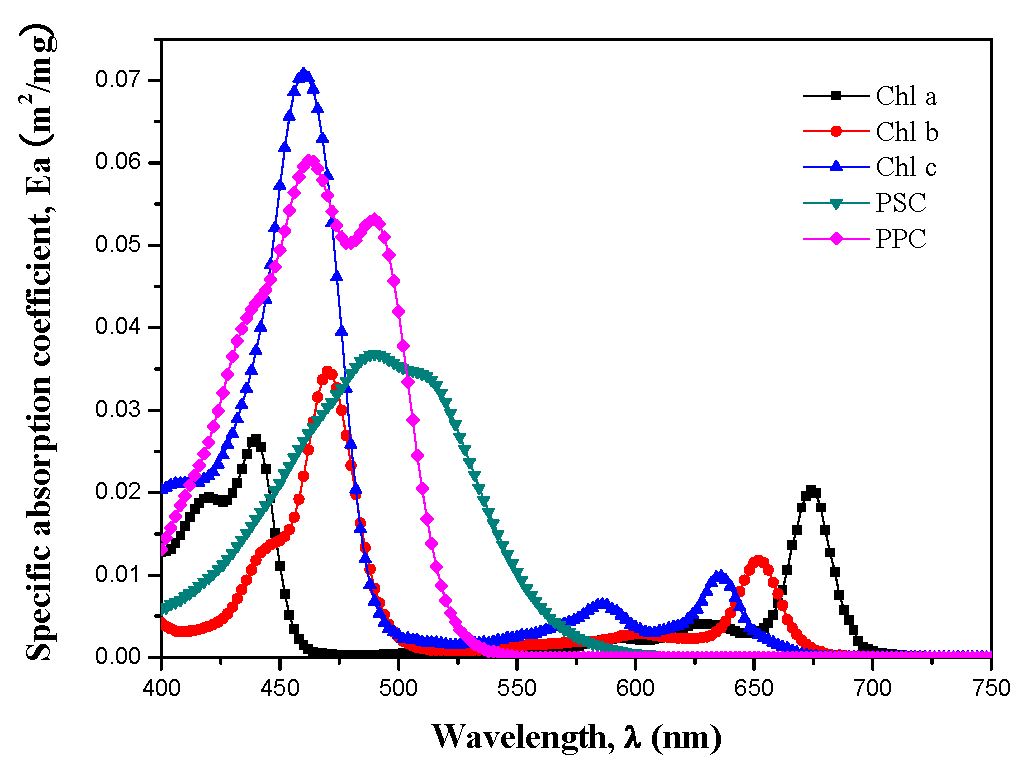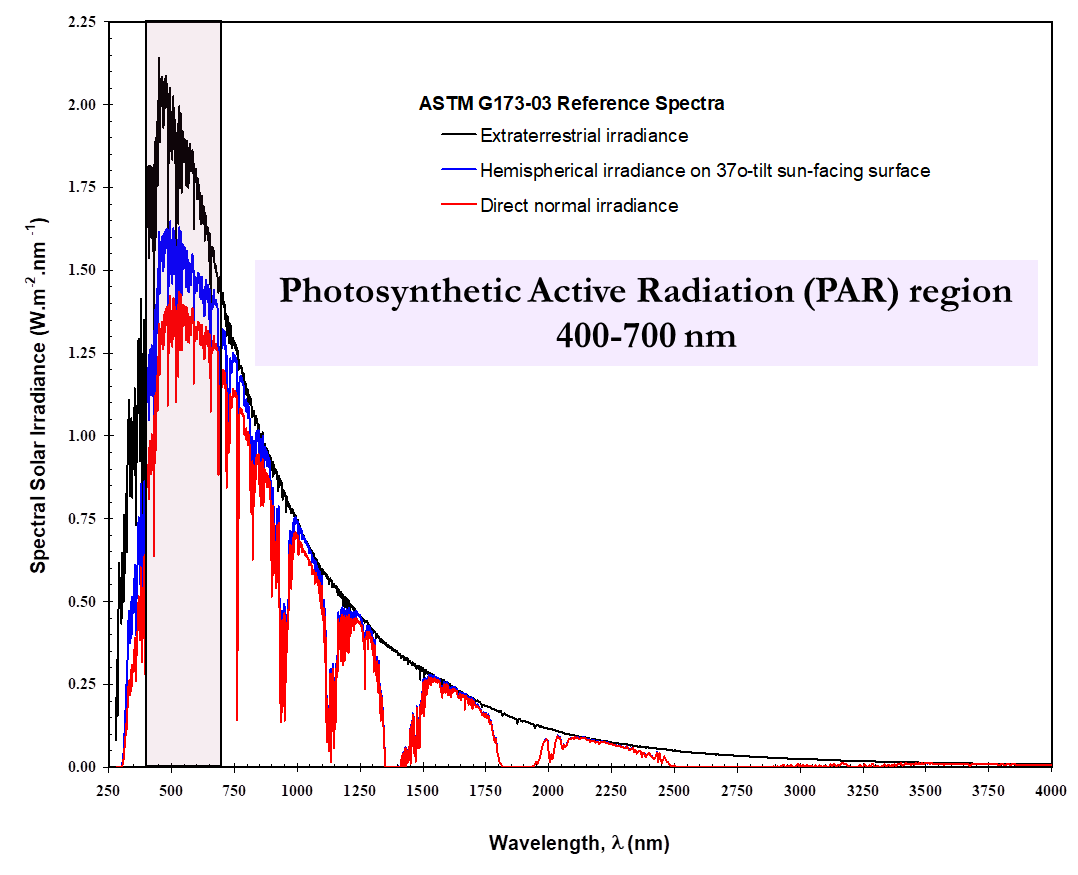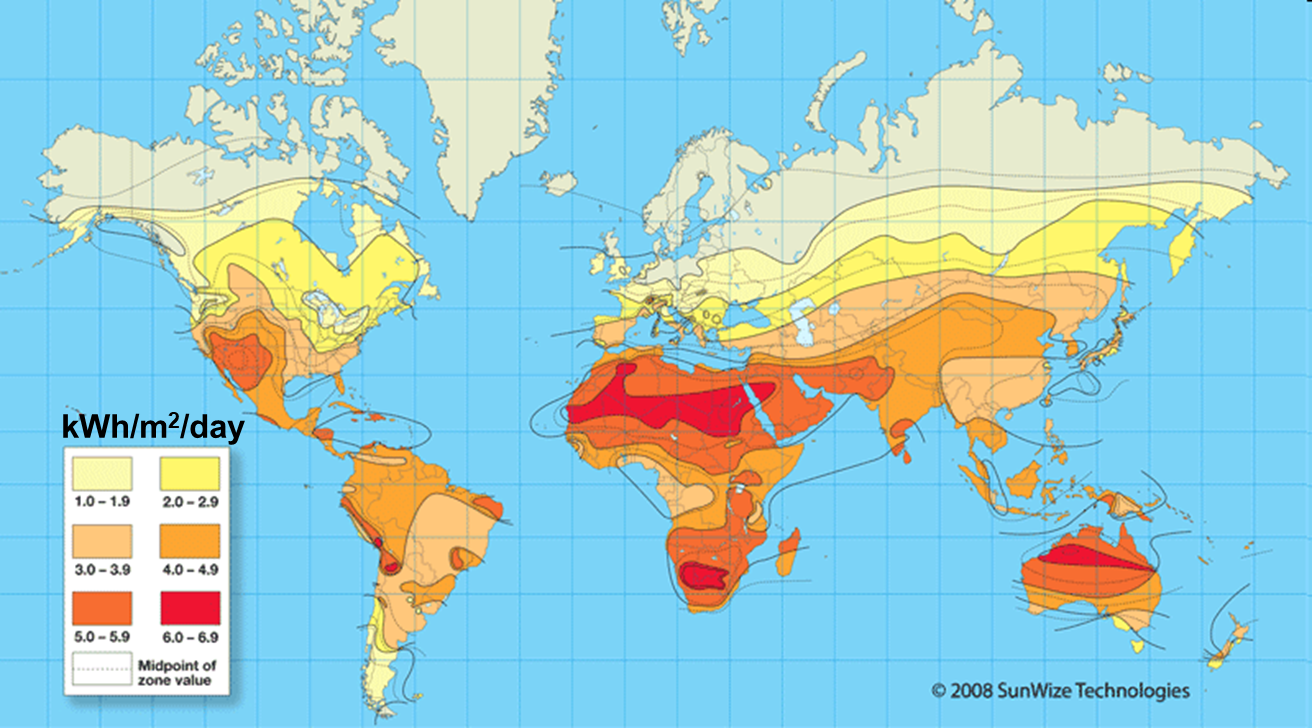Motivation
Industrial nations in general and the United States of America in particular are facing an unprecedented combination of economic and environmental challenges. First, they face the formidable challenge to meet expanding energy needs without adding intolerable amounts of greenhouse gases to the atmosphere and further impacting climate and the environment. The reserves of cheap natural resources the world has been relying on for decades are now estimated in tens of years. Evidence of global warming already gathered around the globe and, most likely, due to industrial activities will put an additional stress on the fragile balance we have been enjoying. In order to face these formidable challenges and to create technological and economic opportunities, the United States should reduce its dependency on foreign fossil fuels and rely more on a combination of (i) sustainable energy conversion and transportation systems, (ii) oil-free energy sources, and (iii) new technologies for capturing and converting carbon dioxide.
Photosynthesis
Photosynthesis begins with the absorption of photons by the photosynthetic apparatus which consists of three major components (i) the reaction center, (ii) the core antenna, and (iii) the peripheral antenna. Photochemical charge separation and electron transport take place in the reaction center. The core antenna contains the photosynthetic pigments chlorophylls or bacteriochlorophylls. It is surrounded by the peripheral antenna which is an assembly of chlorophylls, bacteriochlorophylls, and other accessory pigments such as carotenoids and phycobiliproteins. The peripheral antenna is particularly important in channeling additional photon energy to the reaction center at small light intensities. In microalgae and cyanobacteria, the photosynthetic apparatus is located on the photosynthetic membrane called thylakoid. Different pigment molecules absorb over different spectral bands of the visible and near infrared parts of the spectrum enabling more efficient utilization of solar energy.
Fig. 1 shows the in vivo specific absorption coefficient Ea (in m2/mg) of primary pigments chlorophylls a, b, and c as well as accessory pigments such as photosynthetic carotenoids (PSC), and photoprotective carotenoids (PPC) measured over the spectral region from 400 to 750 nm. It indicates that Chlorophyll a (Chl a) absorbs around 435 and 676 nm while Chlorophyll b (Chl b) absorbs around 475 and 650 nm. Since they do not absorb green light (λ = 520-570 nm) significantly, these microalgae appear green to the human eye. On the other hand, carotenoids are accessory pigments found in all photosynthetic microorganisms. They absorb mainly in the blue part of the spectrum (400 < λ < 550 nm). Carotenoids serve two major functions (i) shielding the photosynthetic apparatus from photo-oxidation under large light intensities and (ii) increasing the solar light utilization efficiency by expanding the absorption spectrum of the microorganism. |
Fig. 1. In vivo specific absorption coefficient Ea (in m2/mg) of pigments chlorophylls a, b, c and photosynthetic carotenoids (PSC), and photoprotective carotenoids (PPC) over the spectral region from 400 to 750 nm [1]. |
Microbiology
Microalgae and cyanobacteria are photosynthetic microorganisms that use (i) sun as their energy source, (ii) CO2 as their carbon source, (iii) water as their electron source, and (iv) nitrates or N2 as their nitrogen source to produce oxygen, organic acids, proteins (for food supplements), lipids (for biodiesel), and H2 gas (to power fuel cells), under certain conditions.
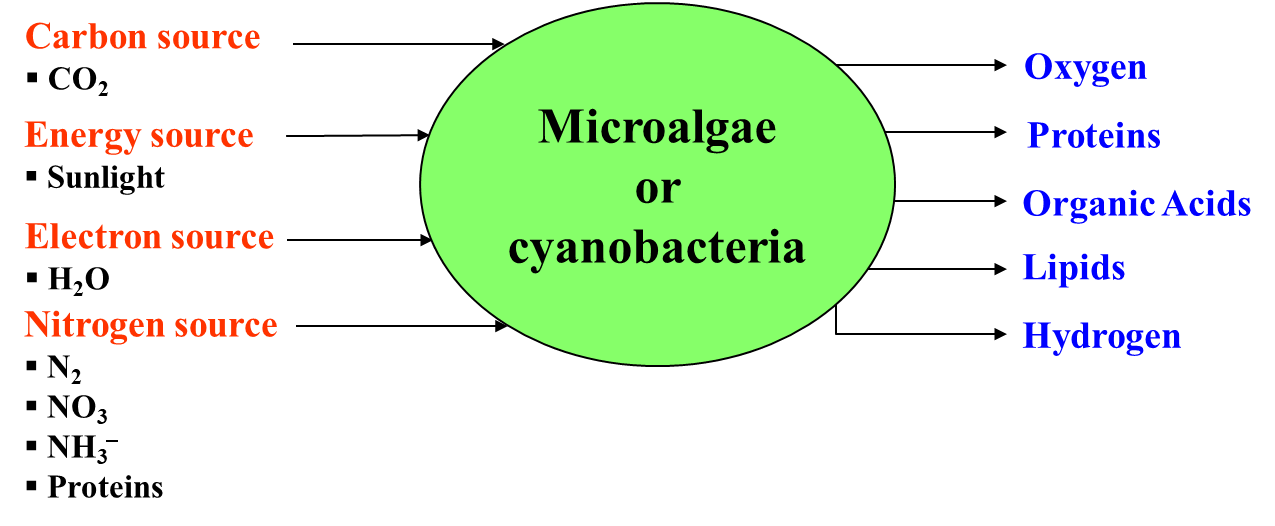
Fig. 2. Schematic of the microalgae/cyanobacteria consuming light and CO2 to produce proteins, lipids, H2.
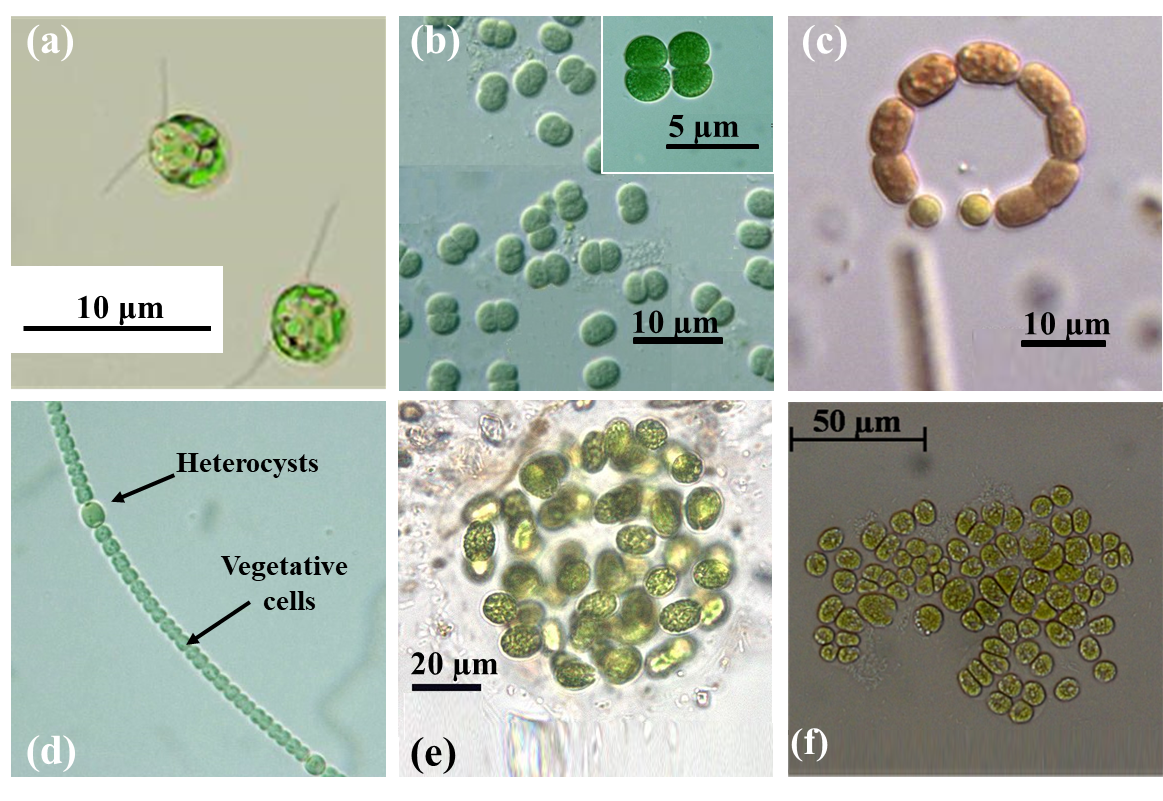
Figure 1 Micrographs of (A) Chlamydomonas reinhardtii, (B) dumbell-shaped Synechocystis sp. cell free floating and immediately after cell division (inset), (C) Anabaenopsis sp., (D) Anabaena cylindrica, (E) a colony of the microalgae B. braunii, and (F) Pleodorina californica. Panels (B–D) and (F) are reproduced with permission from Prof. Yuuji Tsukii, Hosei University (http://protist.i.hosei.ac.jp/).
Solar radiation
Solar radiation is the most abundant and renewable energy source on Earth. Through photosynthesis, it has provided human beings with food, fuel, heat, and even fossil fuels. The sun is often approximated as a blackbody at 5800 K emitting according to Planck’s law.
Fig. 3 shows (1) the extraterrestrial spectral irradiance [2], (2) the direct normal spectral irradiance at sea level with an air mass of 1.5, and (3) the hemispherical (or global) spectral irradiance on an inclined plane at sea level, tilted at 37° toward the equator and facing the sun. Absorption due to atmospheric O3, O2, CO2, and H2O is apparent in the direct normal irradiance.
Fig. 4 shows the amount of daily solar irradiance in hours incident on an optimally tilted surface during the worst month of the year based on worldwide solar insolation data [3]. The most promising regions for harvesting solar energy are the southwest United States and northern Mexico, the Andes, northern and southern Africa and the Middle East, as well as Australia. Other regions with favorable conditions include southern Europe, southern China, Southeast Asia, Brazil, and most of Africa. Note that many of these regions have limited freshwater resources, and microorganisms should be selected accordingly. Selection criteria to minimize water use include tolerance to wastewater or seawater and to high microorganism concentrations.
Fig. 3. Averaged daily extraterrestrial solar irradiance and ASTM G173-03 (direct and hemispherical, 37° sun-facing tilted) sea level irradiance in W/m2 nm [2]. |
Fig. 4. Average daily local solar irradiance on an optimally tilted surface during the worst month of the year (units are in kWh/m2/day). (Courtesy of SunWize Technologies, Kingston, New York, NY [3]). |
Objectives
Our objective is to perform a comprehensive study to simultaneously mitigate carbon dioxide and produce biofuels or food. This technology offers a cheap, efficient, scalable, autonomous, and reliable system for producing biofuels and food products from microbial consumption of carbon dioxide. Our contributions focus on (1) investigating the interaction between light and photosynthetic microorganisms, (2) light transfer in photobioreactors, and (3) developing design rules and control schemse for optimum operation of outdoor photobioreactors.
References
[1] R. R. Bidigare, M. E. Ondrusek, J. H. Morrow, D. A. Kiefer, "In-vivo absorption properties of algal pigments," Proc. SPIE 1302, Ocean Optics X, 1 September 1990.
[2] C. Gueymard, D. Myers, and K. Emery, Proposed reference irradiance spectra for solar energy systems testing, Solar Energy, 73(6), 443–467, 2002.
[3] SunWize Technologies, World insolation map, Kingston, New York, http//www.sunwize.com/info_center/solar-insolation-map.php, 2008.
Publications
J. Pruvost, J.-F. Cornet, and L. Pilon, 2016. Chapter 3: Large Scale Production of Algal Biomass: Photobioreactors, in “Algae Biotechnology: Products and Processes,” pp. 41-66, Y. Chisti and F. Bux, Editors, Springer, UK. ISBN-13: 978-3-319-12334-9. doi: 10.1007/978-3-319-12334-9_3
L. Pilon and R. Kandilian, 2016. Chapter 2: Interaction Between Light and Photosynthetic Microorganisms, Advances in Chemical Engineering. Vol. 46, pp. 107-149, Thematic Issue on Photobioreaction Engineering, J. Legrand, Editor, Elsevier, The Netherlands. ISBN: 978-0-12-800422-7. doi: 10.1016/bs.ache.2015.12.002
L. Pilon and H. Berberoğlu, 2014. Photobiological Hydrogen Production. Handbook of Hydrogen Energy, S.A. Sherif, D.Y. Goswami, E.K. Stefanakos, A. Steinfeld, Eds., CRC Press, Taylor and Francis, Boca Raton, FL. ISBN-13: 978-1420054477.
L. Pilon, H. Berberoğlu, and R. Kandilian, 2011. Radiation Transfer in Photobiological CO2 Fixation and Fuel Productionby Microalgae, Journal of Quantitative Spectroscopy and Radiation Transfer, Vol. 112, no. 17, pp. 2639–2660. doi:10.1016/j.jqsrt.2011.07.004 pdf
